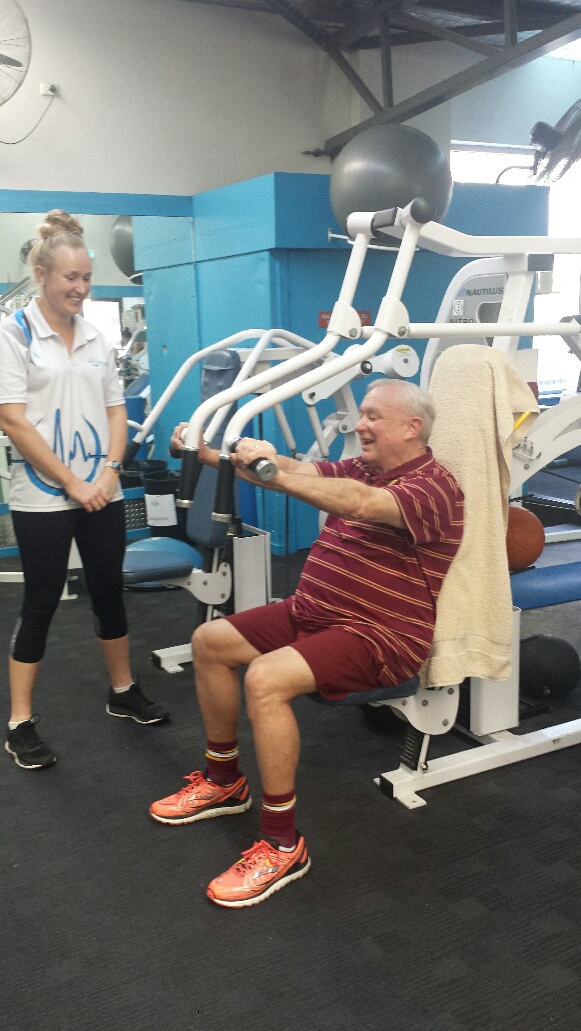During Diabetes Awareness Week 9-15th July 2017
Diabetes is an incurable disease that affects 1.7 million Australian’s with one person every 5 minutes diagnosed with the disease. It’s one of Australia’s biggest health epidemics costing the country an estimated $14.6 billion and rising.* As the fastest growing chronic disease in Australia, it is our responsibility as health professionals to put a stop to it and the good news is, the disease is by large, both preventable and manageable through lifestyle factors, healthy diet and exercise.
Diabetes is a disease that affects the pancreas, a vital organ that produces insulin and converts glucose into energy, reducing it from bloodstream. Like all things in the human body, without proper function, things can go pear shaped and in the case of a malfunctioning pancreas, the effects are serious.
There are two types of diabetes and to provide a brief explanation of both; in type 1 diabetes, the pancreas has gone completely kaput and the body has become insulin dependent requiring injections or an insulin pump to control glucose levels. In type 2 diabetes, the pancreas is screaming out for help, trying its very hardest to convert glucose into energy but it’s struggling and as a result, the body is building an insulin resistance, leaving too much glucose in the blood. Potential complications for both types of diabetes are the same and can results in heart attack, stroke, kidney disease, limb amputation, blindness as well as mental illness.
On a more positive note, the disease does not have to be a death sentence and can be controlled and in some cases effects reverted through healthy diet and managed exercise. Adding to exercise’s impressive resumes is its ability to make the body more sensitive to insulin, lowering blood glucose without insulin for hours after exercise.
Exercise Physiologist, Liz Coolee from Northside Allied Health Wagga, has been working closely with her client, Jeffery Moore, diagnosed with type 2 diabetes in 2007 and has witnessed some significant health improvements.
“The positive impacts exercise has had on Jeffery’s condition are testament to the powers of diet and exercise.
Jeffery had tried to exercise previously but not under the care of an exercise physiologist who really understands how to manage the disease.
Since starting at the clinic 18 months ago, Jeffery has lost weight, reduced his waist band, improved his sense of worth and outlook on life” said Liz.
“I record and analyse my blood glucose levels daily now but before starting at NAH, I didn’t understand the purpose in taking in my readings. My clothes are getting looser and I’ve have to put my belt in the next hole” remarks Jeffery.
Jeffery has also been seeing a Northside Allied Health accredited dietician as part of his management plan, providing him with a diet plan, better education around making healthy food choices whilst monitoring his progress. Northside Allied Health facilitate a 10-week Type 2 Diabetes group exercise program that as part of a health care plan offers medicare rebate. For more information on the program visit https://nsah.wpengine.com/dt_procedures/group-programs/
Source: Diabetes Australia

